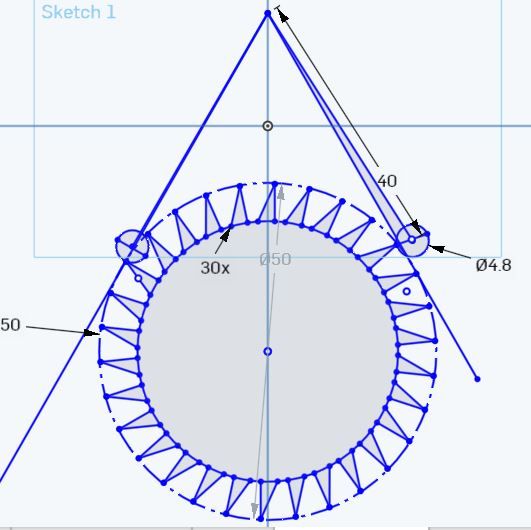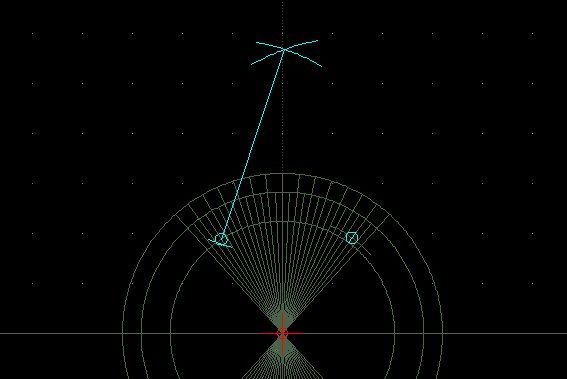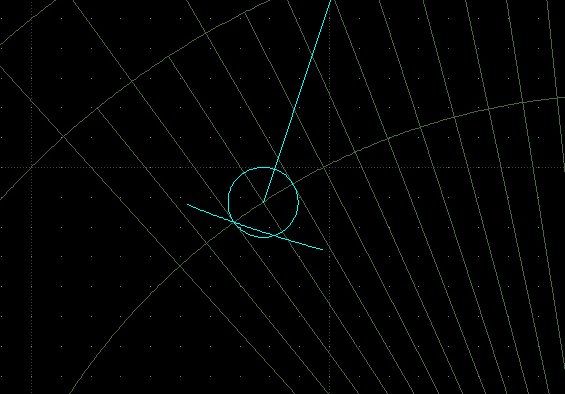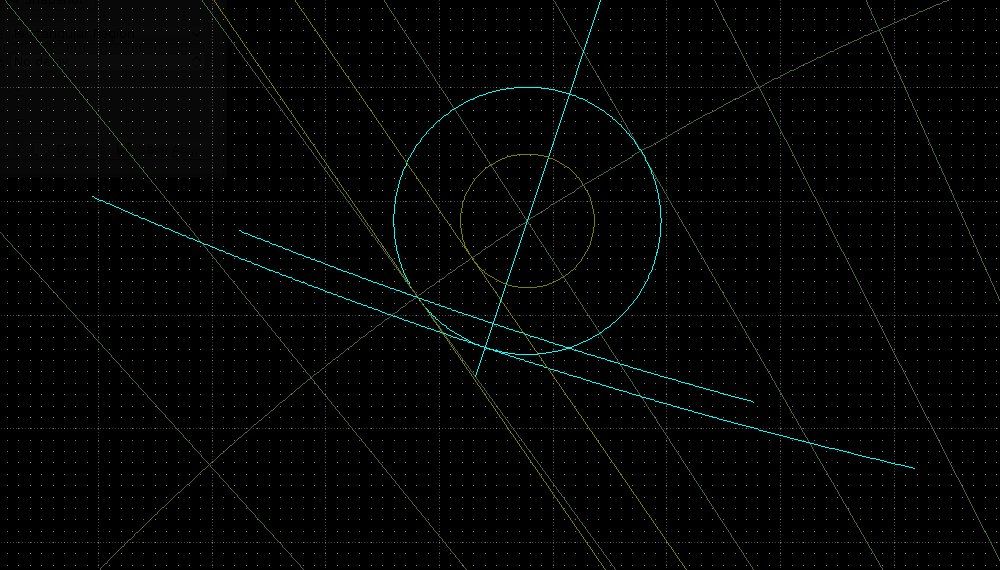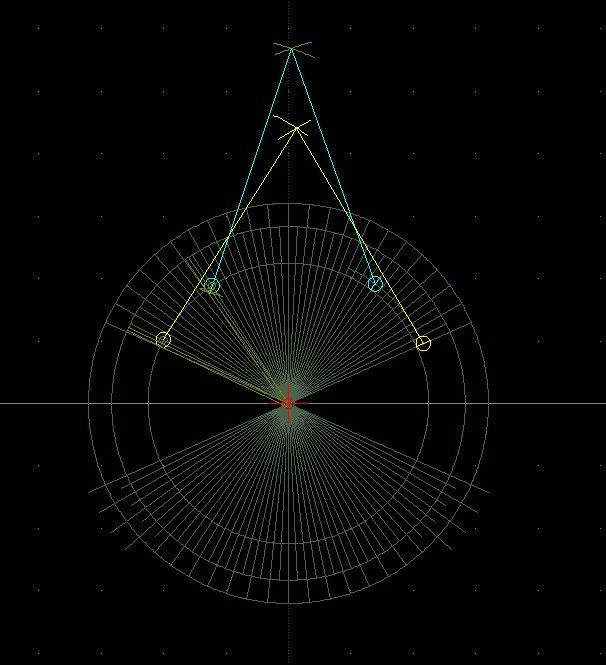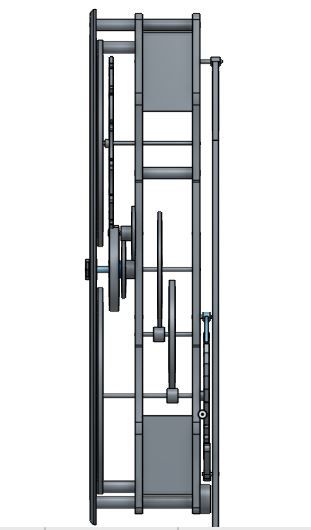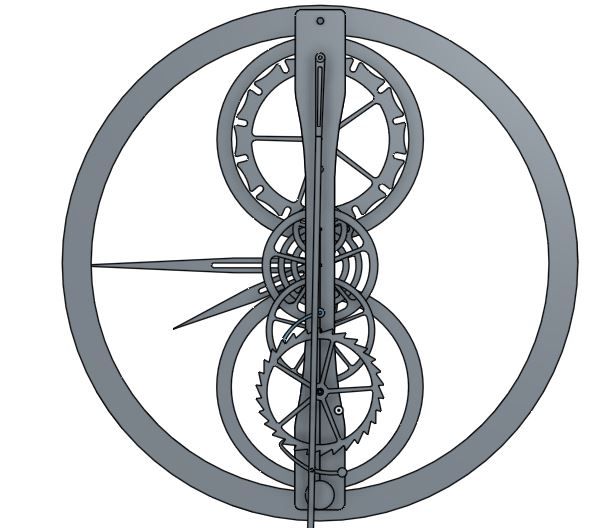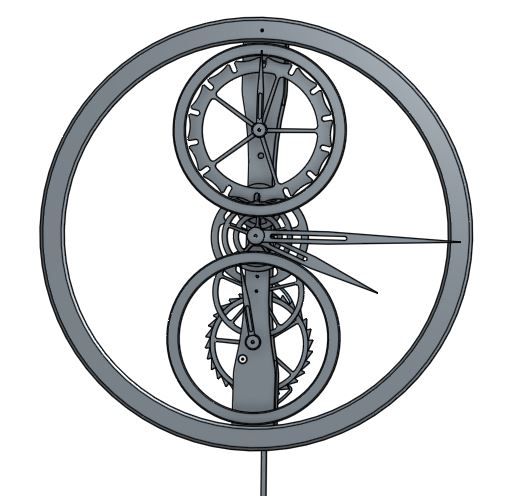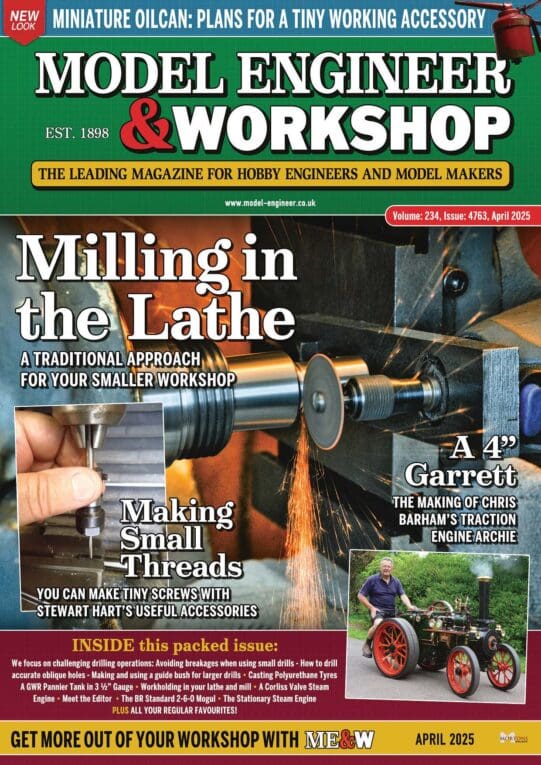Basic Clock Design
Basic Clock Design
- This topic has 330 replies, 18 voices, and was last updated 9 December 2016 at 18:07 by
 Michael Gilligan.
Michael Gilligan.
- Please log in to reply to this topic. Registering is free and easy using the links on the menu at the top of this page.
Latest Replies
Viewing 25 topics - 1 through 25 (of 25 total)
-
- Topic
- Voices
- Last Post
Viewing 25 topics - 1 through 25 (of 25 total)
Latest Issue
Newsletter Sign-up
Latest Replies
- Elliott Omnimill Quill Clamp
- Steam pressure using thermistor
- Myford Super 7 restoration problem.
- Problem getting the right parameters on a VFD
- Tangential tooling
- James Coombes Drawing Error (or mine?)
- Morse Key
- Chester DB10LB Lathe – Not starting
- Supply company catalogues
- Measuring increments on boring head


 Moving a car with rusty brakes wasn't much fun either. It hasn't moved for 15 years.
Moving a car with rusty brakes wasn't much fun either. It hasn't moved for 15 years.